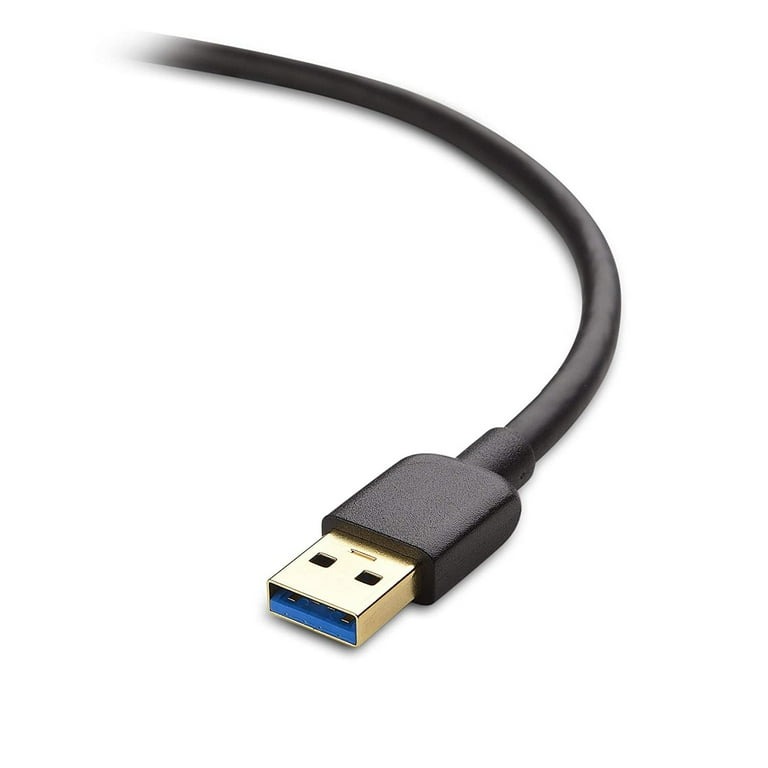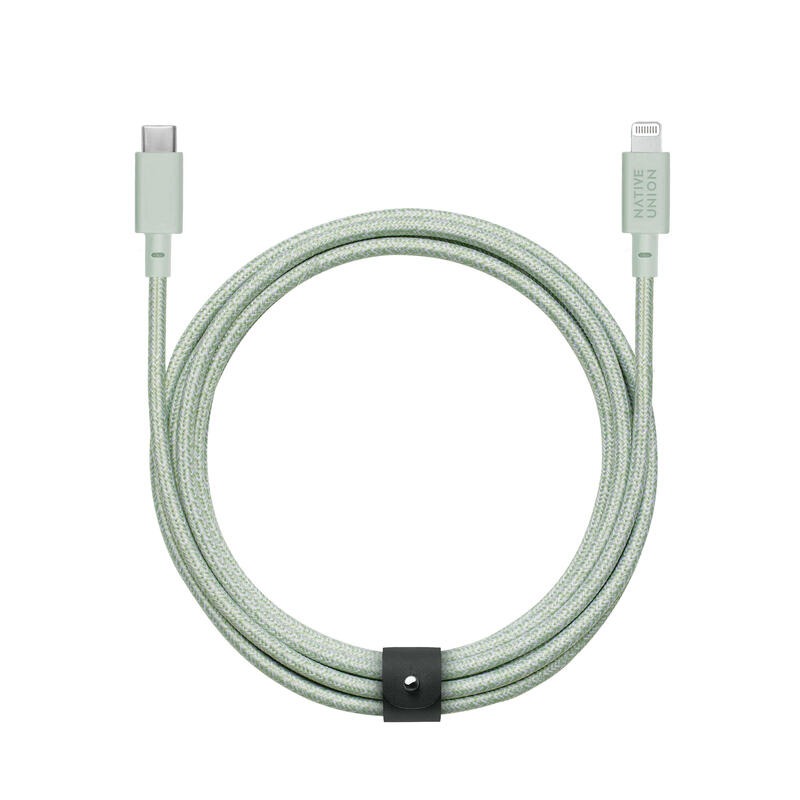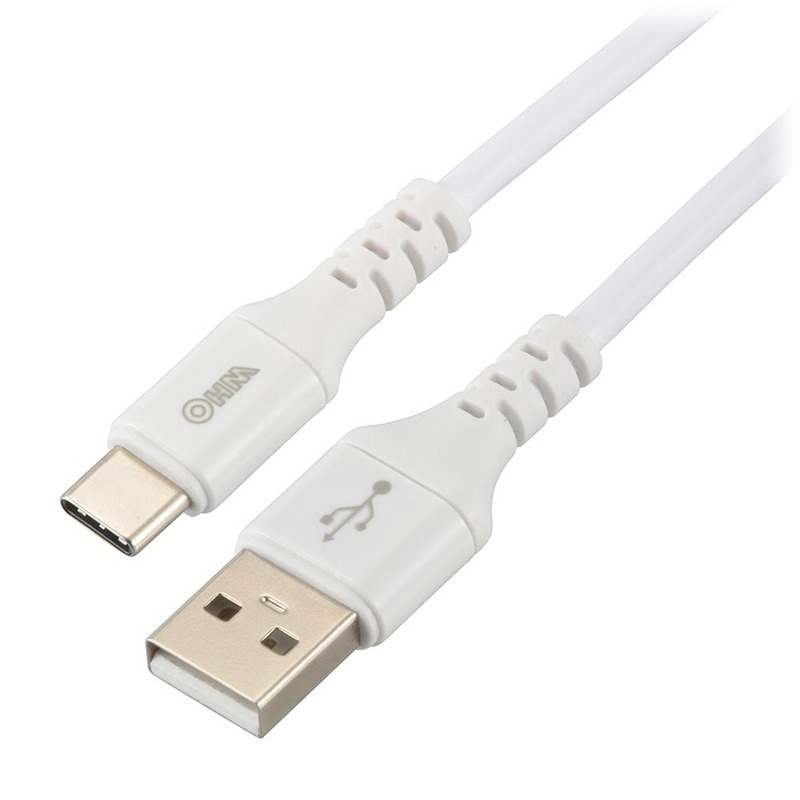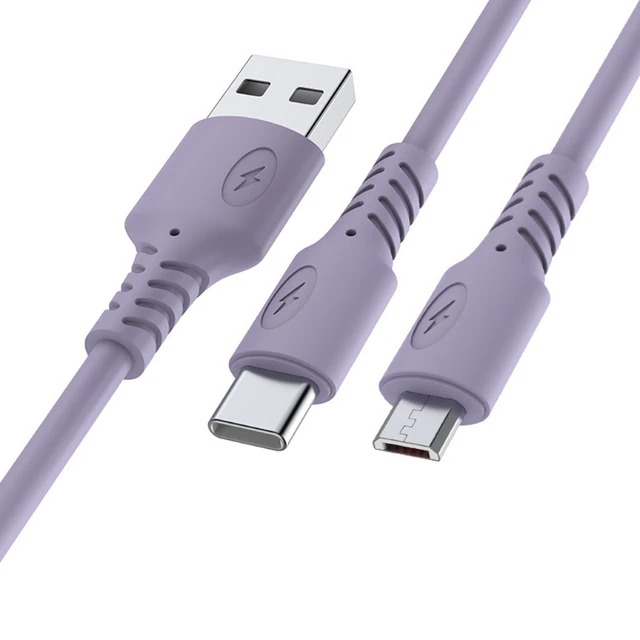In the ever-evolving landscape of technology, it remains a cornerstone in the realm of connectivity solutions. Its versatility and ease of use have solidified its presence in countless devices and applications. This article will delve into the various aspects of USB-A, detailing its significance, functionality, advantages, and future potential in the tech world.
Understanding USB-A: A Brief Overview
USB-A, or Universal Serial Bus Type-A, is one of the most commonly used connectors in the tech industry, initially introduced in 1996.
Its design is standardized, making it compatible with a wide range of devices, from computers and printers to cameras and smartphones.
The simplicity of the its connection facilitates easy plug-and-play functionality, ensuring that users can connect and disconnect devices without complicated setups.
Over the years, it has evolved, supporting different versions that enhance its speed and data transfer capabilities, including USB 2.0, 3.0, and 3.1.
The Advantages of USB-A Technology

Universal Serial Bus Type-A (USB-A) is a standard connector widely used for data transfer and power supply across a variety of electronic devices. This technology has been a primary interface for computers, laptops, and peripherals since its introduction in the mid-1990s. With its distinct rectangular shape,USB connector connectors provide a simple solution for connecting devices, making technology more accessible. The widespread adoption of connectors has paved the way for a streamlined user experience, enabling seamless connectivity and efficient data exchange across different platforms and devices.
Universal Compatibility
One of the most significant advantages of its technology is its universal compatibility. USB-A ports are found on almost all computers and many devices, including printers, smartphones, and external hard drives. This consistency means that users can easily connect their devices without worrying about cable types or adapters. Furthermore, the long-standing presence of it in the market has led to a vast array of compatible peripherals, ensuring that consumers have plenty of options when choosing accessories, thus enhancing overall convenience.
High Data Transfer Speeds
USB-A technology supports a range of data transfer speeds, from USB 1.0’s 1.5 Mbps to USB 3.2’s impressive 20 Gbps. This wide variety allows users to choose the appropriate technology based on their specific needs. For instance, USB 3.0 and 3.1 enable fast data transfers, making them ideal for applications requiring high bandwidth, such as video editing and large file transfers. Additionally, this flexibility in data rates ensures that users can take advantage of the latest advancements in technology while still maintaining compatibility with older devices.
Power Delivery Capabilities
Another remarkable feature of USB connector technology is its power delivery capabilities. USB connectors ports can provide sufficient power to charge devices, which has become an essential function in today’s tech-driven world. Many smartphones, tablets, and accessories utilize this feature, allowing users to charge their devices quickly and conveniently with just a single cable. Recent advancements have expanded the charging capacity of it, enabling it to deliver power to larger devices, such as laptops, further solidifying its role as a versatile power solution.
Easy to Use
USB-A connectors are designed for user-friendliness, making them simple to plug in and disconnect without technical difficulty. Their straightforward design allows users to connect devices intuitively, which is particularly beneficial for those who may not be technologically savvy. Unlike some other connector types, USB connectors features a standard orientation that minimizes the risk of incorrect connections. This simplicity enhances overall user experience, reducing frustration and making the technology accessible to a broader demographic, including children and older adults.
Conclusion: Enduring Relevance
In conclusion, USB connectors technology has stood the test of time due to its numerous advantages, including universal compatibility, high data transfer speeds, power delivery capabilities, and ease of use. As new USB standards emerge, connectors continues to play a vital role in the digital landscape, ensuring seamless connections across a diverse range of devices. The enduring relevance of USB connectors is a testament to its effectiveness and reliability, cementing its position as a key technology in everyday life and a standard for the foreseeable future.
USB-A in Everyday Devices

USB-A, or Universal Serial Bus Type-A, is a widely recognized connector that has become a standard in the tech world. First introduced in the late 1990s, it revolutionized how devices connect, enabling easy communication and power transfer between various gadgets. Its flat, rectangular shape makes it user-friendly and easily recognizable. Despite newer technologies emerging, USB connectors remains prevalent in everyday devices, serving as a reliable option for both consumers and manufacturers alike.
Common Use in Computers
One of the most common applications of connectors is in computers. Desktops and laptops utilize USB-A ports for various peripherals like keyboards, mice, and external storage drives. This connection facilitates data transfer and charging, playing a crucial role in everyday computing tasks. Most operating systems natively support USB connectors devices, simplifying installation and setup processes. As a result, it enhances productivity for users in both personal and professional environments.
Smartphone Accessories
It is also frequently found in smartphone accessories. Many charging cables and external battery packs feature a USB-A connector, allowing users to charge their devices quickly and efficiently. While smartphones have transitioned to newer USB standards like USB-C, USB-A remains prominent, especially in charging accessories. The compatibility with older devices ensures that users can keep their current technology without needing to upgrade all their peripherals.
Home Entertainment Systems
In home entertainment systems, USB connectors ports play an essential role in connecting multiple devices. TVs, sound systems, and gaming consoles commonly feature USB connectors ports for playing media from flash drives or external hard drives. This functionality allows consumers to enjoy their favorite music, movies, and games without needing extra equipment. Additionally, some manufacturers include USB-A ports for firmware updates, ensuring devices can easily upgrade their functionality and features.
Automotive Applications
The automotive industry has also adopted it connectors in modern vehicles. Many cars now come equipped with USB connectors ports to charge smartphones and tablets or to connect media devices. This integration enhances the driving experience, allowing passengers to enjoy music from their devices through the car’s audio system. Moreover, as vehicles advance towards more connected technologies, USB-A maintains its relevance, offering a familiar interface for drivers and passengers alike.
Conclusion
In summary, USB-A remains a steadfast component in everyday devices across various sectors. Its versatile applications in computers, smartphone accessories, home entertainment systems, and automotive environments highlight its critical role in modern technology. As we move forward into an era of advanced connectivity, USB Type-A’s legacy is likely to endure. Its widespread use continues to foster convenience and user-friendliness, ensuring that it remains a connecting standard for years to come.
The Role of USB-A in Consumer Electronics

USB-A not only serves as a connection point but also enhances the user experience in various consumer electronics, creating a standard that users trust.
Many smartphones and tablets come with it chargers, reflecting the format’s continued relevance in mobile technology.
Companies often opt for it for their products due to its proven reliability and user-friendly nature, making it a preferred choice for charging solutions.
As smart home devices proliferate, USB-A’s role in connecting and powering these devices will only grow, ensuring that users can control their environments effortlessly.
Future Trends for USB-A Connectivity
Although newer formats such as USB-C are gaining traction, USB Type-A will continue to play a significant role in the market due to its legacy and existing infrastructure.
Technology trends such as the Internet of Things (IoT) rely heavily on established connections like USB Type-A for device interoperability, particularly in smart environments.
Innovations in USB technology are likely to enhance USB Type-A’s capabilities, driving improvements in data transfer speeds and power delivery.
The push for sustainability may see USB Type-A utilized in more eco-friendly products, leveraging its widespread acceptance for prolonged relevance in the tech landscape.
Overcoming the Challenges of USB-A

Despite its advantages, USB Type-A faces challenges such as size limitations and the need for adapters in conjunction with newer connectors like USB-C.
Users often encounter confusion regarding the different USB versions, which can create compatibility issues if not properly addressed.
The rise of wireless technologies is also something it must contend with, as more devices opt for Bluetooth and Wi-Fi connections for convenience.
However, the simplicity and durability of it suggest that it will not only coexist with newer technologies but will also adapt to address these challenges effectively.
Conclusion: Embracing USB-A in Today’s Tech World

In conclusion, USB-A remains a vital component in the toolkit of modern technology, providing reliable connectivity solutions across numerous devices.
Its advantages—such as compatibility, speed, and ease of use—make it an irreplaceable asset in personal and professional settings.
As we look ahead, the future of USB-A appears promising, with potential advancements that will keep it relevant amidst a rapidly changing tech environment.
Embracing USB-A today means investing in a tried-and-true technology that can seamlessly integrate into future innovations, ensuring a connected world for years to come.










